Quietly, on a mid-summer morning, the management of AP Møller-Mærsk (APMM) talked up the half-year results as it prepared to tackle its biggest challenge: protecting the group’s underlying adjusted profits and cash balances from exogenous shocks and other key challenges, including the upcoming 0.5% sulphur cap from January 2020, says an article published in the Loadstar
APMM says it’s ready, of course.
Purchasing Expensive Fuel
Its core container shipping unit and chief revenue-driver, Maersk Line, would start buying more expensive fuel towards “the end of Q3 and in Q4, impacting working capital,” we were told in a call with analysts on 15 August.
Why this move?
More expensive fuel – or low-sulphur fuel oil (LSFO) and/or marine gas oil (MGO) – may not be a drag on performance (would you believe it) for a carrier that is not fully convinced by the benefits that scrubbers bring, mainly because $3m-$5m (base case) of additional costs per ship, with over 700 vessels in APMM’s dock, represents a paper bill of between $2bn and well over $3bn… that can be passed on. To what extent, nobody knows.
When – given the challenges induced by new regulations and the macro environment – one analyst asked management what the heck might have to happen for return on invested capital (ROIC) “to go higher across the cycle” now that, despite stronger comparable metrics year-on-year, ROIC remains a long way below the high single-digit targets, management said it was “happy but not satisfied”, and that it just needed to get ocean customers to “love [APMM] a bit more”, and that will drive the improvement.
Scrubbers in Small Portion of Fleet?
In typical Copenhagen fashion, Maersk Line has plans to install exhaust gas cleaning systems (EGCS, the scrubbers) on a small portion of its fleets – smaller retrofit order deals have been made, but only up to 10% or so of the total paper bill – but no meaningful, quantifiable financial data emerged in last month’s call with management candidly unable to change attitude when it came to predicting the impact that new regulation might have.
Higher Bunker Purchase Prices
That might be because new regulation might cost very little, if anything, to APMM, although management acknowledged it had witnessed “higher prices of bunker purchases – we see big spreads – [but] we don’t want to speculate, we are prepared for it”.
Yet the consequences of its own actions could be much greater for the supply chain, given the financial damage that retaining additional LSFO costs on its own balance sheet would carry (its financials and cash balances have been conveniently embellished, respectively, thanks to new accounting rules and divestments).
While there are many moving parts, APMM essentially declined to provide us all with more “colour” that could easily have been provided, given its own assumption on the impact of recent higher bunker prices.
While the headlines from Alphaliner are doing the rounds – read this: Carriers’ gamble with scrubbers ‘vindicated’ – capacity risk is another persisting factor in determining whether or not to go with EGCS. But frankly nobody can accurately predict the spread between heavy fuel oil, or bunker fuel (HFO), and LSFO, although industry insiders have recently pointed out that according to some experts “this might translate in a $600 spread between HFO and LSFO” under a worst-case scenario.
What does this mean?
Firstly, “APMM’s bunker price, average (USD per tonne)” stood at $436 in Q2 19 and $401 in Q2 18; it was $426 and $391, respectively, in H1 19 and H1 18; and $424 was the last 2018 average number
Secondly, bunker costs for H1 19 stood at $2.4bn, or ~ $5bn normalised, annually – which is consistent with 2018 numbers.
So, switching from HFO to greener fuel means that if the HFO/LSFO spread stands at $100 (net of BAF adjustments), APMM’s annual ebitda could be affected to the tune of $200m in H2 19 (4% of APMM’s projected annual ebitda estimates), all other things being equal (D&A schedule); a spread at $200 would hit its adjusted operating income line to the tune of $400m (8% of projected annual ebitda estimates); and so forth, ending with a worst-case scenario, assuming a spread of $400 (rather than $600), determining a -$800m ebitda in H2 19.
These estimates, however, are calculated based on a lower cash-burn rate, if bunker prices rise, than the one predicted only 12 months ago – and APMM last month confirmed ebitda guidance for the year.
The bunker consumption, APMM said in its H1 19 numbers, declined “7.5% due to an improved network and higher reliability” so there is good news and an offsetting adjustment there. However, freight rate comparisons in H2 19 versus H2 18 will be challenging at best and, pretty clearly, it’s the customers who are going to pick up the bill, as we highlighted here in mid-July.
Did you subscribe to our daily newsletter?
It’s Free! Click here to Subscribe!
Source: LoadStar






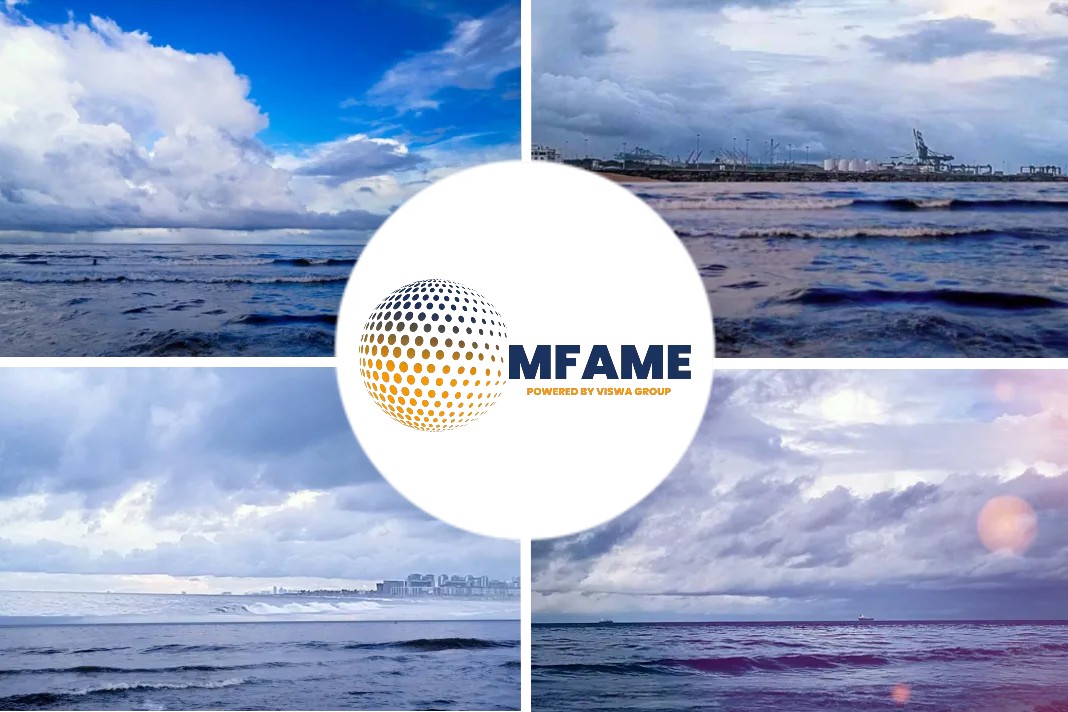
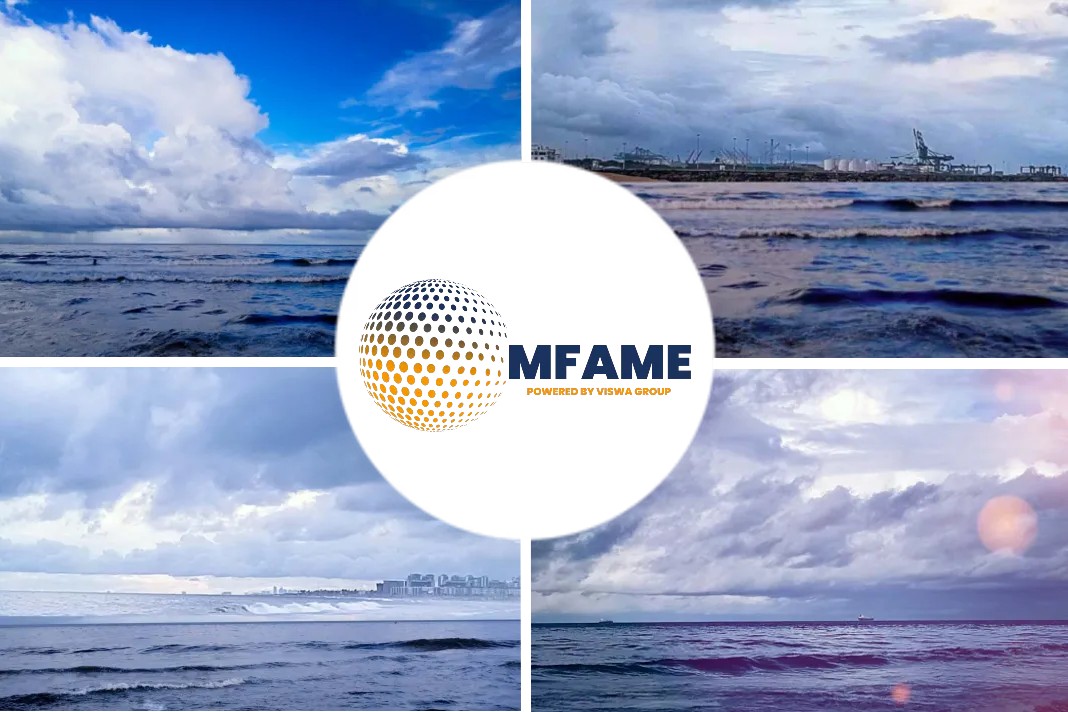
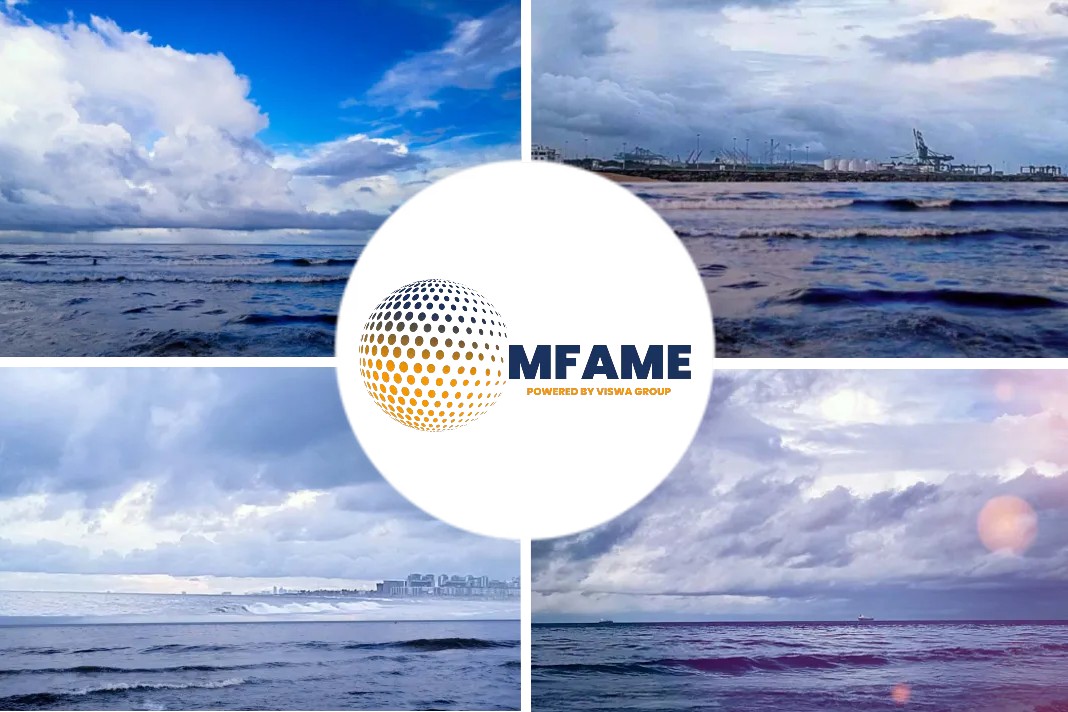
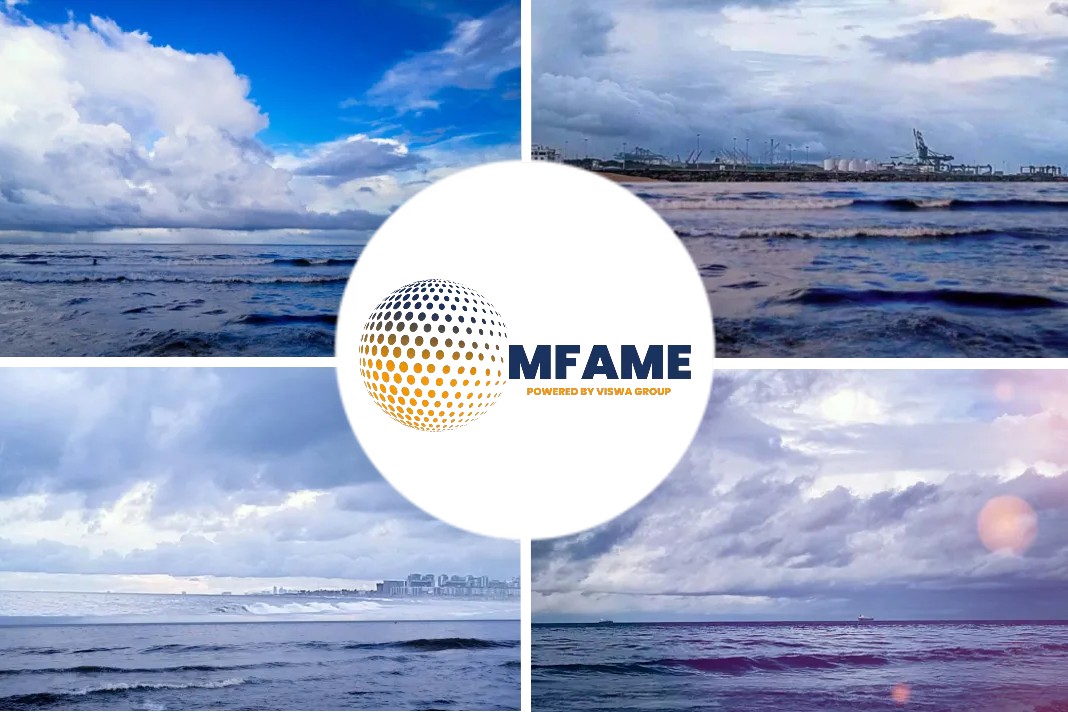






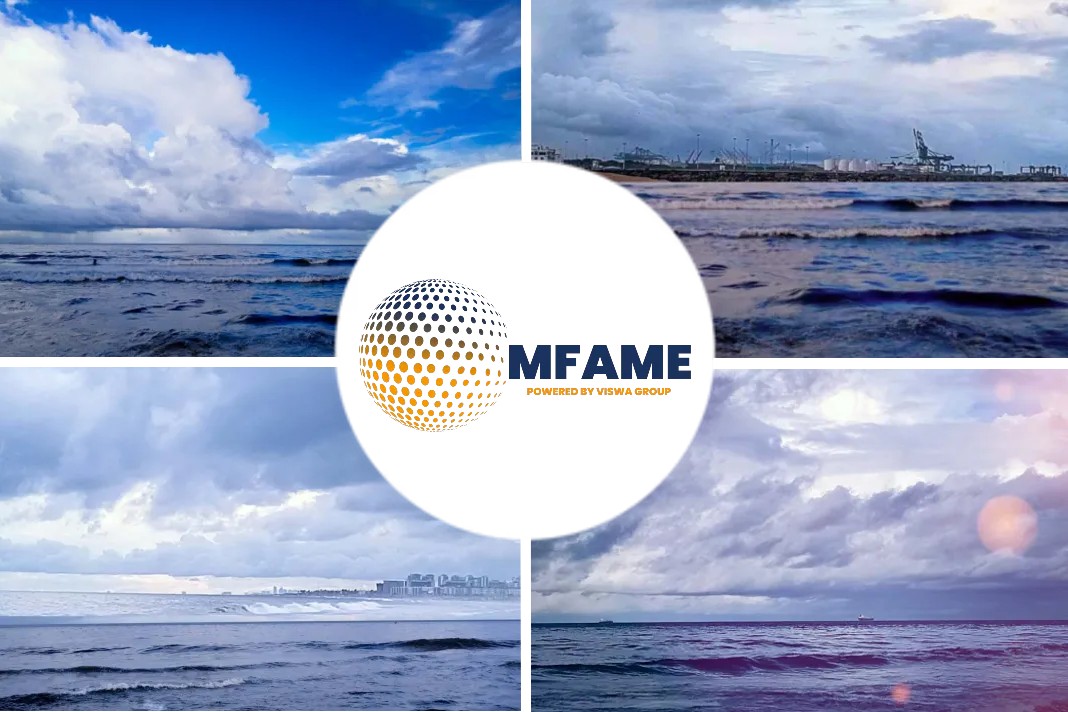

![[Answer] Does Coatings Help in Scrubber Corrosion?](https://mfame.guru/wp-content/uploads/2019/10/Scrubber-coating-80x60.jpg)